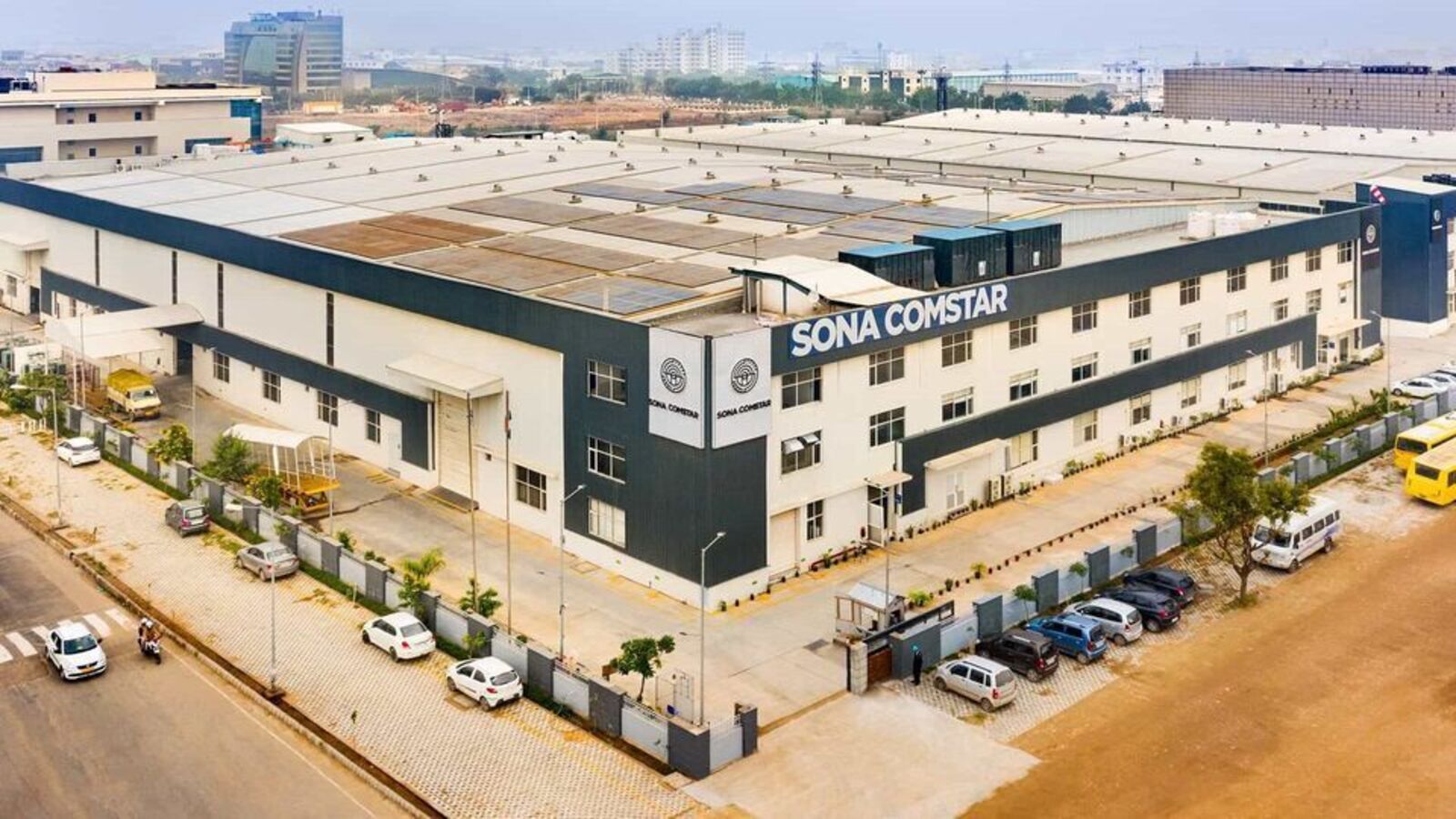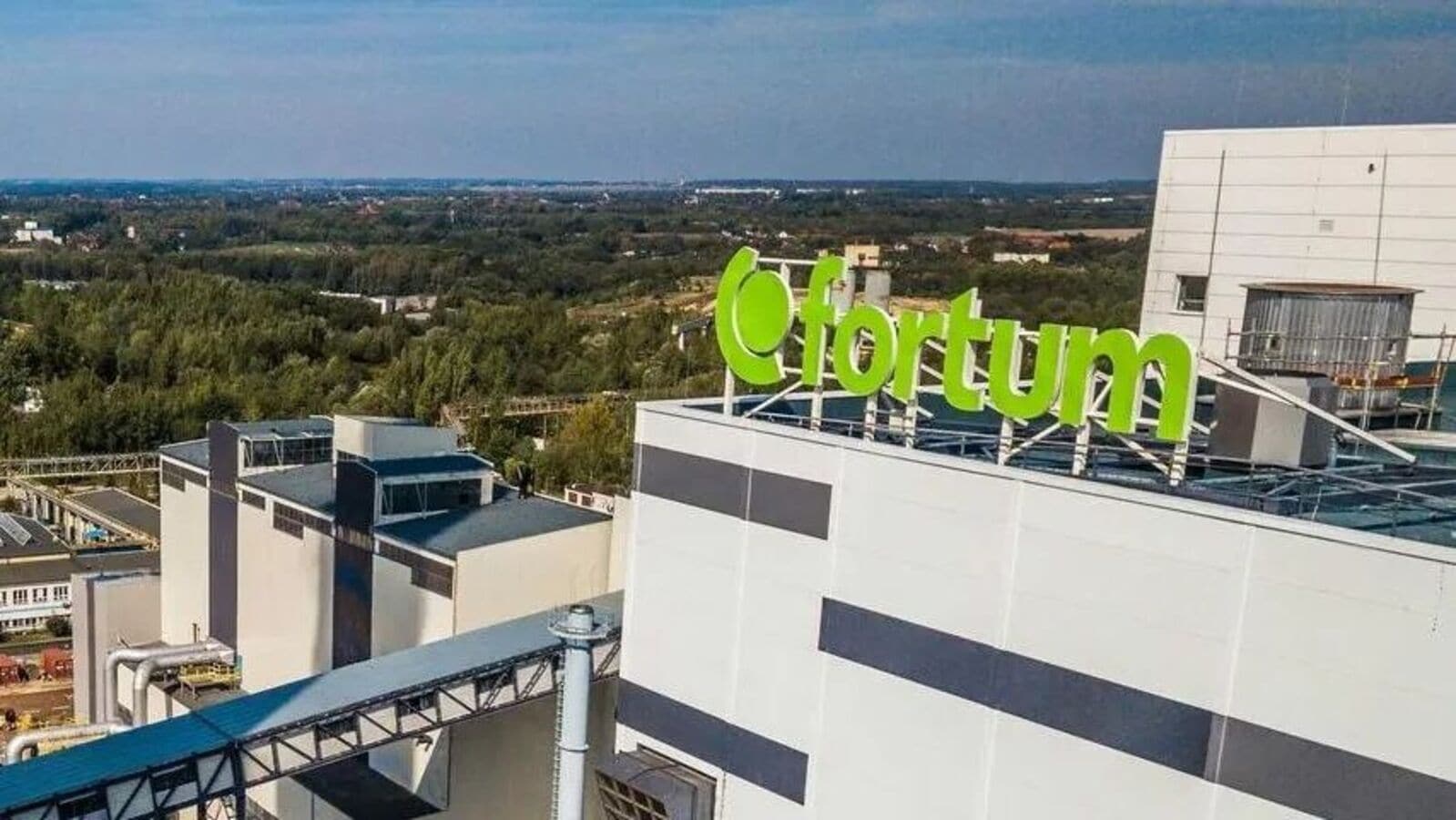New Delhi: Despite rising coffee prices and a general slowdown in urban consumption, Costa Coffee will maintain its growth rate in India, expecting the country to become one of its top five markets within the next five years, its top executive said.
India is currently in the top 10 of the British coffee chain’s markets.
“We’re definitely not moderating our growth rhythm (in India). We are satisfied with the growth rate over the last couple of years. We continue to be committed to further expansion. We’ve now opened over 200 stores in India. We’re planning to add the same run rate of 40 to 50 new outlets annually,” Philippe Schaillee, Costa Coffee’s global CEO said in an interview on Wednesday.
Also read: The Bengaluru coffee brand serving an environment-friendly cuppa
“Within the overall coffee space India is among the top 20 markets globally; for us it is the top 10 markets. We believe with our current growth rates we can get it into potentially the top five positions in five years—that’s kind of aspiration we will pursue… To be very clear, (it’s) a super important market for us,” he said.
Founded in London in 1971, Costa Coffee competes globally with Starbucks and Barista. It entered India in 2005 through a partnership with Devyani International Ltd (DIL), which also operates KFC and Pizza Hut in India and is part of RJ Corp., the operator of PepsiCo’s largest bottler in India, Varun Beverages.
Costa, which has over 4,300 outlets across 45 markets globally, was acquired by Coca-Cola in 2018 for $3.9 billion.
To be sure, urban consumers, hit by high inflation, have been shying away from spending.
Last week Tata Consumer Products Ltd, which operates rival Starbucks in India via an equal joint venture said it has tempered outlet opening for the coffee chain due to a slowdown in general consumption.
The chain, however, remains the largest cafe operator in India with a total of 479 stores in India and has plans to take the count to 1,000 by fiscal 2028.
Also read: Four years after checking into Subway, Everstone eyes a part exit
Costa’s Schaillee, however, said that while globally the coffee category grows 5-6% annually, in India it is growing by 10-12%.
“We have the benefit that we’re in a category that is growing rapidly within an overall economic environment which is slowing down. We did see, in the whole F&B retail space, a bit of a slowdown in the second half of last year in India. But in the first quarter of this year it seems to have accelerated again. We’ve seen that continue in April. So at this point, we’re rather bullish,” he added.
Schaillee said more consumers in India are increasing their consumption of beverages in general. “They are starting to shift from tea to coffee and increasingly to premium specialty coffee. This is driven by the fact that they see coffee as a product that delivers healthy energy and for Gen Z it’s like a badge value.”
Rising coffee prices
Coffee companies the world over are also dealing with record-high prices of the commodity.
In the fourth quarter of FY25, the average price of Arabica increased 97% year-on-year, while Robusta rose by 65%. Schaillee said the company passes on prices to consumers.
“We’re living in times of all-time high prices of green coffee. The industry has never seen this in 50 years. Arabica and Robusta are at all-time highs. That, of course, is translated into the cost of a cup of coffee which we have to price true to consumers,” he added.
“Our strategy is to reflect the impact of green coffee inflation to the consumer as everybody else in the industry does.”
Schaillee said he was less concerned about the impact of tariff hikes on the global coffee retail sector, suggesting any effect would be minor, and potentially affecting green coffee prices instead.
However, he noted that Costa Coffee has a limited exposure to the US market; and in India it sources most products locally.









Leave a Reply